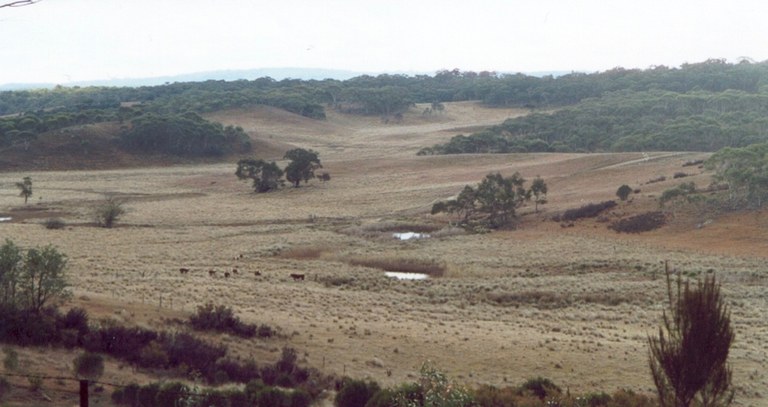
K2C Feb Mini Forum: Wetland values and biodiversity
At our most recent K2C forum on 16 Feb 2018, Donna Hazell talked on the subject Wetland values and associated biodiversity - here today...what about tomorrow? Donna is employed by South East Local Land Services but previously did her PhD on wetland ecology.
Donna described a wetland as land temporarily or permanently covered with water that is slow moving or still, sometimes known as the boggy spot in the paddock, but are not just flooded areas. There are over ten different, natural wetland ‘types’ recognised on the Southern Tablelands - these include Palustrine wetlands (dominated by vegetation and eg. swamps, marshes, bogs, fens), Lacustrine wetlands (large, open-water dominated eg. lakes, lagoons) and Riverine wetlands (contained in a waterway/channel). Wetlands do not include farm dams.
There are a variety of plants and animals that rely on wetlands to persist. Southern Tablelands wetlands support: eighteen different wetland-associated vegetation communities, approximately twenty frog species, a range of migratory birds, three federally listed wetland communities and a diversity of threatened plants and animals.
Their importance is that they are nutrient and sediment filters, impede flow and de-energise high flow events, productive grazing environments, drought refuge, and provide water security, through acting as sponges. Donna provided a great deal of data to illustrate how wetlands work and their ecology and the threats posed to them by poor land management and climate change, including: loss of habitat during breeding season, changes to growing seasons, changes in species composition and diversity, weed incursion, increased fire frequency and salinisation.
Her key messages were that drying is predicted (ie. less water available overall), wetlands most at risk are those in poor condition that are ground water dependant, and wetlands outside reserves have a key role to play in conserving wetlands biodiversity in the Southern Tablelands.
So what should we do about this all. Her answers were to maintain the sponge, minimise evaporation, and maintain ground cover and minimise disturbance and especially consider impacts of chemical use, nutrient input, sediment input, water extraction, draining and cropping.
Donna faced many questions and several attendees expressed an interest in following up what practical steps may be taken to get this information out there and to place more public emphasis on better wetland management.




